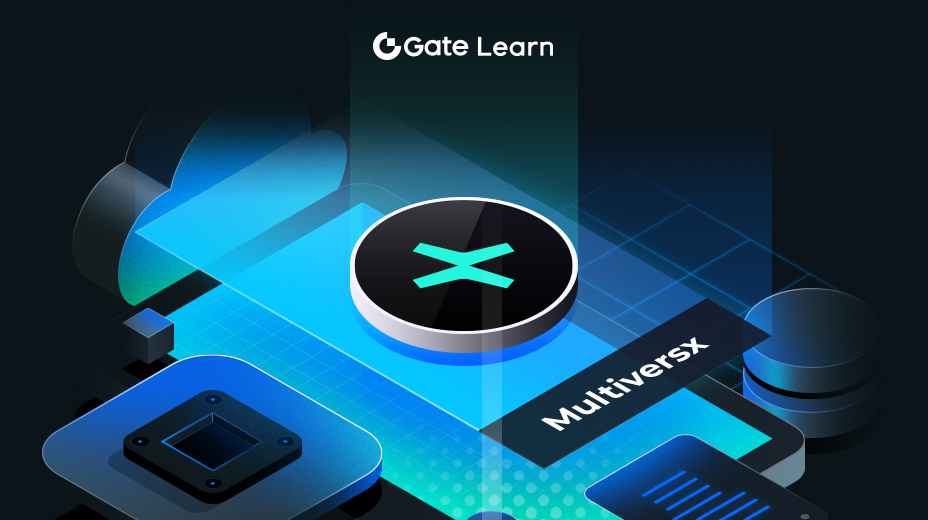Analyse de performance et métriques
Ce module couvre l'analyse des performances et des métriques de Loopring, y compris un contexte introductif, des métriques de performance détaillées et une analyse, une analyse comparative avec d'autres protocoles DEX, ainsi que des références en termes de scalabilité et d'efficacité.
L’analyse et les mesures des performances sont très importantes lorsqu’il s’agit de comprendre l’efficacité, l’évolutivité et la santé des protocoles blockchain. Ils fournissent des informations sur les performances du protocole dans différentes conditions et aident à identifier les domaines à améliorer.
En analysant les données de performance, les développeurs, les investisseurs et les utilisateurs peuvent prendre des décisions éclairées sur l'engagement avec l'écosystème Loopring, aidant à évaluer si les objectifs sont atteints et comment le protocole se compare à d'autres DEX sur le marché.
Comprendre les indicateurs de performance de Loopring implique d'examiner différents aspects importants, tels que le débit des transactions, la latence, l'efficacité des coûts et la capacité du protocole à gérer de gros volumes de transactions.
Métriques de performance et analyse
Les principaux indicateurs de performance de Loopring se concentrent principalement sur le débit des transactions, la latence et l'efficacité des coûts. L'utilisation de la technologie zkRollup lui permet de traiter jusqu'à 2 025 transactions par seconde (TPS), ce qui est nettement supérieur à ce qui est possible sur le réseau principal Ethereum, où les vitesses de transaction sont limitées à environ 15 TPS.
La latence est également une mesure importante pour évaluer les performances. Loopring vise à maintenir une faible latence de transaction en traitant les échanges hors chaîne et en ne soumettant que les preuves finales sur la chaîne. Cette approche minimise le temps nécessaire pour exécuter les échanges, offrant une expérience de trading plus rapide et réactive pour les utilisateurs. La latence moyenne pour une transaction sur Loopring est significativement plus faible que celle de nombreux autres DEX, ce qui en fait une option attrayante pour les traders qui nécessitent des temps d'exécution rapides.
La rentabilité est mesurée par les frais de gaz requis pour exécuter les transactions. En moyenne, le coût d’une transaction sur Loopring est une fraction de ce qu’il serait sur le réseau principal d’Ethereum. Cette réduction des frais fait de Loopring une option plus abordable pour les utilisateurs, en particulier ceux qui s’engagent dans le trading à haute fréquence.
Analyse comparative avec d’autres protocoles DEX
Comparé à d'autres protocoles d'échange décentralisé, Loopring se distingue par sa haute capacité de traitement et ses faibles coûts de transaction. Les DEX traditionnels comme Uniswap et SushiSwap s'appuient sur des modèles de créateurs de marché automatisés (AMM), qui peuvent être moins efficaces en termes de vitesse et de coût de transaction, exécutant chaque échange sur chaîne, entraînant des frais de gaz plus élevés et des temps de transaction plus lents, surtout en période de forte congestion réseau.
Le modèle basé sur le carnet de commandes de Loopring, combiné à la technologie zkRollup, offre une solution plus évolutive et rentable. En traitant les échanges hors chaîne et en utilisant un carnet de commandes pour faire correspondre les échanges, Loopring peut gérer un volume plus élevé de transactions avec des frais plus bas. Cela rend Loopring plus compétitif en termes de performance, notamment pour les traders à la recherche d'efficacité et d'abordabilité.
Benchmarks de scalabilité et d'efficacité
La scalabilité est une question importante pour tout protocole blockchain, et Loopring aborde cette question grâce à son utilisation de la technologie zkRollup, garantissant que Loopring peut croître aux côtés de la demande croissante de trading décentralisé sans rencontrer de goulots d'étranglement significatifs de performance.
Les métriques de performance et les benchmarks de Loopring démontrent sa capacité à fournir une solution évolutive, efficace et rentable pour le trading décentralisé. En appliquant des technologies avancées et un modèle hybride, Loopring se démarque des autres protocoles DEX, offrant aux utilisateurs une expérience de trading supérieure.
Points forts
- Contexte introductif : Les métriques de performance aident à évaluer l'efficacité, la scalabilité et la santé de Loopring.
- Métriques de performance : Loopring atteint un débit élevé (jusqu'à 2 025 TPS), une faible latence et une efficacité significative en termes de coûts grâce à la technologie zkRollup.
- Analyse comparative : Loopring surpasse les DEX traditionnels comme Uniswap en termes de vitesse de transaction et de coût, grâce à son modèle hybride et à son trading basé sur le carnet d'ordres.
- Scalabilité et efficacité : L'architecture de Loopring garantit une extensibilité et une fourniture de liquidité efficace, ce qui la rend adaptée au trading à haute fréquence avec un glissement et des coûts réduits.





